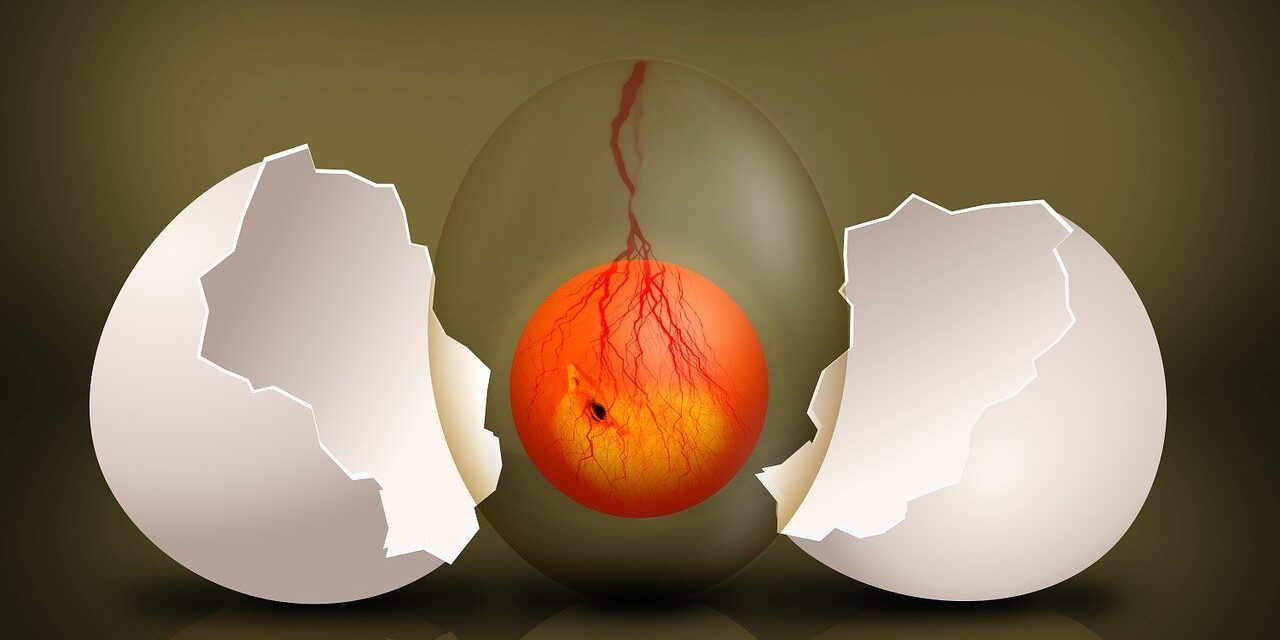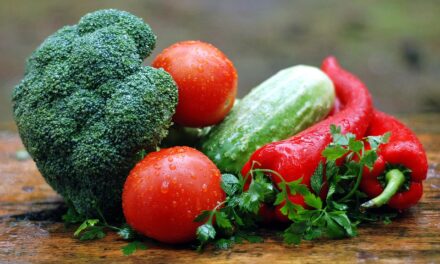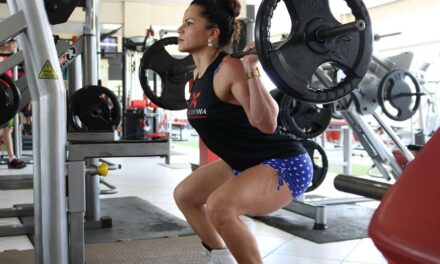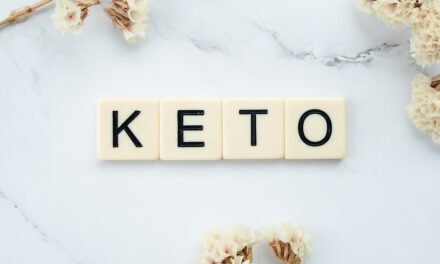Unlocking the Power of Protein: Essential Insights for Women Over 50
The nutritional needs of women over 50 are like a fine tapestry—complex and interwoven, demanding attention and care. Central to this is protein, a macronutrient that plays a crucial role in maintaining a vibrant life post-50. Understanding the nuances of protein intake is essential, as it underpins everything from muscle maintenance to metabolic health. Let’s delve into why protein is not just a part of your diet, but a cornerstone of a thriving lifestyle for women at this golden stage.
The Role of Protein in Aging: More Than Just Muscles
As we age, our bodies undergo a transformation, often characterized by a loss of muscle mass and strength, a condition known as sarcopenia. Protein steps into this narrative as a vital ally, helping to slow down such losses and preserve muscle function. But the benefits don’t stop at muscles—adequate protein intake impacts bone health, immune response, and even cognitive function.
Metabolic Mender: Protein’s Influence on Metabolism
Protein has a thermogenic effect, meaning its digestion burns calories. For women over 50, who might be battling a sluggish metabolism, this macronutrient is a silent hero, keeping the metabolic fires burning and aiding in weight management.
The Satiety Factor: How Protein Keeps Hunger at Bay
One of protein’s superpowers is its ability to induce satiety. A protein-rich meal leaves you feeling full and satisfied, a key strategy in avoiding overeating and snacking on sugary treats. This sense of fullness is pivotal in crafting a diet that supports weight loss without the feeling of deprivation.
Protein and Hormonal Harmony
Hormones are the body’s messengers, and their balance is paramount, especially during menopause. Protein assists in the regulation of insulin and other hormones, providing a sense of equilibrium amidst the hormonal ebbs and flows that can occur during this time.
Understanding Protein Needs: How Much is Enough?
So, how much protein do women over 50 need? The Recommended Dietary Allowance (RDA) suggests a baseline of 0.8 grams per kilogram of body weight. However, this number is not a one-size-fits-all. Factors such as activity level, health status, and dietary preferences come into play, often leading experts to recommend higher intake to counteract muscle loss and promote better health outcomes.
Protein Sources: Variety is Key
It’s not just about quantity; it’s about quality and diversity. Animal proteins provide all essential amino acids, but plant-based proteins can offer additional benefits such as fiber and unique phytonutrients. Embracing a wide array of protein sources is integral to reaping all the potential health benefits.
As we stand at the gateway to a deeper understanding of protein’s role for women over 50, we begin to grasp the power it holds. Protein is not merely a nutrient; it’s a path to sustaining vitality, strength, and wellness in a stage of life that is ripe with possibility.
Decoding the Protein Puzzle: In-Depth Explanations
The journey through middle age and beyond can be filled with health challenges and opportunities. One of the brightest opportunities lies within the power of protein. But to truly harness this power, we must dig deeper into what protein does for our bodies, especially for women who have crossed the milestone of 50.
The Biological Impact of Protein
Proteins are the building blocks of life, fundamental components of every cell in our body. After we consume protein, it’s broken down into amino acids, which are then used to repair and build tissues, including the all-important muscle fibers.
For women over 50, the battle against muscle loss is a critical one. Muscles are metabolically active tissues, meaning they burn calories even when at rest. Therefore, preserving muscle mass is not only crucial for strength and mobility but also for maintaining a healthy weight. This is where protein steps in, helping to repair and build muscle tissue exacerbated by the natural aging process.
Protein and Disease Prevention
Protein’s reach extends into disease prevention. Adequate intake has been linked to a reduction in the risk of osteoporosis and fractures, which are of significant concern to postmenopausal women. Moreover, studies suggest that higher protein diets can help manage blood pressure and fight against the onset of type 2 diabetes—both common concerns as we age.
Navigating Protein Sources
With the multitude of protein sources available, it’s essential to navigate these waters with knowledge. Animal sources such as lean meats, poultry, fish, and dairy are high-quality proteins. However, the benefits of plant-based proteins, found in beans, lentils, nuts, and seeds, are multifaceted. They provide not only protein but also vital nutrients such as fiber, vitamins, and minerals without the saturated fats commonly found in some animal products.
Strategic Protein Intake
Strategic protein intake involves more than just consuming enough protein; it’s about timing and distribution throughout the day. Consuming protein at each meal can lead to better muscle protein synthesis and ensure that the body has a constant supply of amino acids to perform its myriad functions.
Customizing Protein for Your Life
Each woman’s lifestyle, health concerns, and dietary preferences will dictate her protein needs. For example, those who are more active may require more protein to repair and build muscle. Moreover, women with certain health conditions may need to adjust their protein sources and intake levels accordingly.
Protein Intake: Best Practices for Women Over 50
Understanding the best practices for protein intake can seem daunting, but it can be simplified with a few key strategies:
- Eat a variety of protein sources: This ensures a full range of amino acids and other nutrients.
- Consider protein quality: Aim for lean, minimally processed options to avoid excess saturated fats and additives.
- Monitor portion sizes: While protein is essential, balance is still key in an overall healthy diet.
- Be mindful of the entire dietary pattern: Protein works best within the context of a balanced diet rich in fruits, vegetables, whole grains, and healthy fats.
With these in-depth insights, we see that protein is not just a supporting actor in the story of our health—it’s a leading character. By understanding and respecting the complexity of protein and its role in our bodies, women over 50 can create a nutritional script that supports a vibrant, healthy life.
Summary and Takeaways for Optimal Protein Intake
To wrap up, let’s consolidate the essential points regarding protein intake for women over 50. The primary goal is to preserve muscle mass and function, which are critical for overall health, mobility, and independence. Sufficient high-quality protein, along with regular strength-training exercises, can significantly reduce the impact of sarcopenia. Emphasizing the right kind and right amount of protein, coupled with a balanced diet and active lifestyle, is the silver bullet for ageing gracefully and healthily.
Remember, protein needs are individual and can be influenced by activity level, health status, and specific dietary requirements. It’s always wise to consult with a healthcare provider or a dietitian to tailor your protein needs to your personal circumstances.
To sum up:
- Aim for 1.0–1.2 grams of protein per kilogram of body weight per day.
- Choose high-quality protein sources that provide all essential amino acids.
- Distribute protein intake evenly throughout the day to maximize muscle protein synthesis.
- Incorporate a variety of protein sources to ensure a range of nutrients.
- Stay hydrated and maintain a balanced diet to support protein metabolism.
- Engage in regular strength-training exercises to boost the effectiveness of dietary protein.
In the pursuit of wellness, incorporating adequate protein into your diet is a step that cannot be overlooked. It is the cornerstone upon which a healthy, active life after 50 can be built.






